Oracle Is Numeric Function
Oracle provides a variety of numeric functions that allow users to perform various mathematical operations on numeric data stored in the database. These functions help to manipulate and perform calculations on numeric values efficiently.
Usage and Syntax of Oracle Numeric Function
The syntax for using Oracle numeric functions is as follows:
FUNCTION_NAME(argument1, argument2, …)
The function name is the name of the specific numeric function that is being used. The arguments can be one or more numeric expressions or columns from a table. The function then performs the necessary computation based on the given arguments and returns a numeric value as the result.
Commonly Used Oracle Numeric Functions
There are several commonly used numeric functions in Oracle, including:
1. ABS: This function returns the absolute value of a number, irrespective of its sign. For example, ABS(-10) will return 10.
2. CEIL: The CEIL function returns the smallest integer greater than or equal to a specified value. For instance, CEIL(5.2) will return 6.
3. FLOOR: FLOOR returns the largest integer smaller than or equal to a specified value. For example, FLOOR(5.8) will return 5.
4. ROUND: This function rounds a number to the nearest integer or specified decimal places. For instance, ROUND(5.46) will return 5, while ROUND(5.46, 1) will return 5.5.
5. TRUNC: TRUNC truncates a number to a specified number of decimal places. For example, TRUNC(5.678, 2) will return 5.67.
Examples and Use Cases of Oracle Numeric Function
To demonstrate the usage of Oracle numeric functions, consider the following examples:
Example 1: Using ABS function
SELECT ABS(-15) FROM dual;
Result: 15
Example 2: Using CEIL function
SELECT CEIL(9.5) FROM dual;
Result: 10
Example 3: Using FLOOR function
SELECT FLOOR(7.8) FROM dual;
Result: 7
Example 4: Using ROUND function
SELECT ROUND(3.14159, 2) FROM dual;
Result: 3.14
Example 5: Using TRUNC function
SELECT TRUNC(9.8765, 3) FROM dual;
Result: 9.876
Performance Considerations of Oracle Numeric Function
While Oracle numeric functions provide powerful functionalities, it is important to consider their performance implications. Since these functions involve calculations, they can impact query performance if used extensively or in a complex manner. It is advisable to use numeric functions judiciously and optimize queries to minimize their impact.
Tips and Best Practices for Using Oracle Numeric Function
To make the most efficient use of Oracle numeric functions, consider the following tips and best practices:
1. Minimize function calls: Instead of applying multiple numeric functions in a single SQL statement, consider simplifying the expressions to reduce the number of function calls.
2. Proper data type conversion: Ensure that the input data types are compatible with the function being used. A mismatch in data types may result in errors or unexpected behavior.
3. Avoid unnecessary calculations: If a simpler calculation can achieve the desired result without using a numeric function, consider simplifying the logic.
4. Test and profile queries: Before deploying queries with numeric functions in production, thoroughly test and profile them to identify any potential performance bottlenecks or issues.
Limitations and Alternatives of Oracle Numeric Function
While Oracle numeric functions offer convenient ways to manipulate numeric data, they have certain limitations. For example:
1. Limited precision: Some numeric functions may have limitations on the precision or scale of the result they can produce. This may result in rounding errors or unexpected behavior.
2. Performance impact: As mentioned earlier, extensive use of numeric functions can impact query performance. In such cases, alternative approaches like using arithmetic operators or built-in functions specific to the data type may be more efficient.
IS_NUMERIC In Oracle
IS_NUMERIC is not a built-in function in Oracle. However, you can use other functions and techniques to determine if a value is numeric.
Declare number oracle
The DECLARE statement in Oracle is used to declare a variable along with its data type. For example:
DECLARE
num_value NUMBER;
Check number oracle
You can check if a value is a number in Oracle using the following techniques:
1. Use a PL/SQL block with exception handling to validate if the value can be converted to a valid number.
2. Use the TO_NUMBER function and check for errors. If the value can be successfully converted, it is a number; otherwise, it is not.
Oracle REGEXP_LIKE not numeric
To validate if a string is not numeric using REGEXP_LIKE in Oracle, you can make use of regular expressions. Here’s an example:
SELECT value
FROM your_table
WHERE NOT REGEXP_LIKE(value, ‘^[+-]?(\d*\.)?\d+$’);
Convert varchar2 to number in Oracle
To convert a VARCHAR2 value to a number in Oracle, you can use the TO_NUMBER function. Here’s an example:
SELECT TO_NUMBER(‘123.45’) FROM dual;
CHAR to number Oracle
To convert a CHAR value to a number in Oracle, you can use the TO_NUMBER function. Here’s an example:
SELECT TO_NUMBER(‘123’) FROM dual;
Oracle check string contains number
To check if a string contains a number in Oracle, you can make use of regular expressions with the REGEXP_LIKE function. Here’s an example:
SELECT value
FROM your_table
WHERE REGEXP_LIKE(value, ‘\d’);
Oracle check string is number
To check if a string is a number in Oracle, you can use a combination of the ISNUMERIC function and a PL/SQL block with exception handling. Here’s an example:
DECLARE
num_value NUMBER;
BEGIN
num_value := TO_NUMBER(‘123’);
— If no exception is raised, the value is a number
DBMS_OUTPUT.PUT_LINE(‘The string is a number.’);
EXCEPTION
WHEN VALUE_ERROR THEN
DBMS_OUTPUT.PUT_LINE(‘The string is not a number.’);
END;
Oracle IS_NUMERIC function
As mentioned earlier, there is no built-in IS_NUMERIC function in Oracle. However, by using the techniques described above, you can check if a value is numeric.
Numeric Functions In Sql
What Is Is_Number Function In Oracle?
Oracle is a widely used relational database management system that offers various built-in functions to perform operations on data. One of these functions is the Is_number function, which allows users to determine if a value is numeric or not. This article will delve into the details of the Is_number function, its syntax, usage, and provide some frequently asked questions and answers to help you better understand its functionality.
Syntax of Is_number function in Oracle
The Is_number function in Oracle follows a simple syntax:
IS_NUMBER(char)
Here, “char” represents the character or string that needs to be evaluated for its numeric nature. The function returns a Boolean value, i.e., either ‘TRUE’ or ‘FALSE’, depending on whether the given input can be converted to a number or not.
Usage of Is_number function in Oracle
The Is_number function is commonly used in Oracle SQL queries and PL/SQL code to validate data before performing specific operations. It helps to ensure that only numeric values are processed, preventing errors or unexpected behavior that could arise from non-numeric input.
Let’s consider a scenario where a user wants to retrieve all the rows from a table where the “amount” column is numeric. The Is_number function can be utilized in the following manner:
SELECT *
FROM table_name
WHERE IS_NUMBER(amount) = TRUE;
In this example, the Is_number function will evaluate each value in the “amount” column and return only those rows where the value is numeric. This significantly reduces the chances of encountering data type conversion errors or exceptions.
Frequently Asked Questions (FAQs):
Q1. What are the possible return values of the Is_number function?
A1. The Is_number function can return either ‘TRUE’ or ‘FALSE’. ‘TRUE’ indicates that the input is numeric, while ‘FALSE’ indicates the opposite.
Q2. Does the Is_number function check for decimal numbers?
A2. Yes, the Is_number function can determine whether a given input is a decimal number or an integer. It is designed to handle both scenarios.
Q3. What happens if the input string contains non-numeric characters?
A3. If the input string contains any character other than the digits 0-9 or a decimal point, the Is_number function will return ‘FALSE’. It does not consider characters like commas, currency symbols, or negative signs.
Q4. How does the Is_number function handle NULL values?
A4. When passed a NULL value, the Is_number function will also return NULL. Therefore, it is important to handle NULL values separately if required.
Q5. Can the Is_number function be used with non-numeric data types?
A5. No, the Is_number function is specifically designed to evaluate numeric values or strings necessary for conversion to numbers. Using it with non-numeric data types, such as dates or character types, will yield unexpected results.
Q6. Can the Is_number function handle scientific notation representations?
A6. Yes, the Is_number function can also handle scientific notation representations of numbers. It considers strings like “1.23E+10” or “2.35E-3” as valid numeric values.
Q7. Is the Is_number function case-sensitive?
A7. No, the Is_number function is case-insensitive. It will treat uppercase and lowercase characters in the input string as the same.
Q8. Can the Is_number function be used in PL/SQL code blocks?
A8. Yes, the Is_number function can be utilized in PL/SQL code blocks, including procedures, functions, and anonymous blocks, to validate and handle numeric data appropriately.
Q9. How can I check if a column contains any non-numeric values in Oracle?
A9. To check if any non-numeric values exist in a column, you can combine the Is_number function with a NOT operator. For example:
SELECT *
FROM table_name
WHERE NOT IS_NUMBER(column_name) = TRUE;
This query will retrieve all the rows where the “column_name” contains non-numeric values.
In conclusion, the Is_number function in Oracle provides a simple and efficient way to validate whether a value is numeric or not. Its usage helps to enhance data quality and prevent unnecessary errors. Knowing how to effectively utilize this function can greatly benefit developers working with Oracle databases.
How To Check If A Value Is Numeric In Oracle?
In database systems like Oracle, it is crucial to ensure data integrity by validating and verifying the correctness of the data being stored. One common validation is to check if a value is numeric or not. In this article, we will explore different methods of checking the numeric validity of a value in Oracle, along with some frequently asked questions related to the topic.
Method 1: Using the ISNUMERIC Function
Oracle does not have a built-in ISNUMERIC function like some other database systems such as SQL Server. However, we can create a user-defined ISNUMERIC function to achieve the same functionality.
Here’s an example of how to define and use the ISNUMERIC function:
“`
CREATE OR REPLACE FUNCTION isnumeric(p_value IN VARCHAR2) RETURN BOOLEAN AS
v_temp NUMBER;
BEGIN
v_temp := TO_NUMBER(p_value);
RETURN TRUE;
EXCEPTION
WHEN VALUE_ERROR THEN
RETURN FALSE;
END;
/
“`
In the above example, we define a function named ISNUMERIC that takes a VARCHAR2 input parameter and returns a BOOLEAN value. Inside the function, we attempt to convert the input value to a NUMBER using the TO_NUMBER function. If the conversion is successful, the function returns TRUE; otherwise, it catches the VALUE_ERROR exception and returns FALSE.
To use the ISNUMERIC function, you can simply call it in your SQL queries or PL/SQL code like this:
“`
IF isnumeric(‘123’) THEN
DBMS_OUTPUT.PUT_LINE(‘The value is numeric.’);
ELSE
DBMS_OUTPUT.PUT_LINE(‘The value is not numeric.’);
END IF;
“`
Method 2: Using Regular Expressions
Oracle provides a powerful feature called regular expressions that can be utilized to validate whether a value is numeric or not. The REGEXP_LIKE function is commonly used in this scenario.
The following regular expression pattern checks if a value is numeric:
“`
^[+-]?([0-9]+\.?|[0-9]*\.[0-9]+)$
“`
This pattern allows for an optional sign at the beginning, followed by any number of digits before or after a decimal point. The entire pattern is anchored with ^ and $ to ensure a full match.
Here’s an example of how to use REGEXP_LIKE to check if a value is numeric:
“`
IF REGEXP_LIKE(‘123.45’, ‘^[+-]?([0-9]+\.?|[0-9]*\.[0-9]+)$’) THEN
DBMS_OUTPUT.PUT_LINE(‘The value is numeric.’);
ELSE
DBMS_OUTPUT.PUT_LINE(‘The value is not numeric.’);
END IF;
“`
Method 3: Using the TRANSLATE Function
Another approach to check for numeric values is to use the TRANSLATE function, which can remove specific characters from a string. By removing all numeric characters from the value and checking if any characters are left, we can determine whether the value is numeric or not.
Here’s an example of how to use the TRANSLATE function to check if a value is numeric:
“`
IF LENGTH(TRANSLATE(‘123’, ‘ +-.0123456789’, ‘ ‘)) = 0 THEN
DBMS_OUTPUT.PUT_LINE(‘The value is numeric.’);
ELSE
DBMS_OUTPUT.PUT_LINE(‘The value is not numeric.’);
END IF;
“`
In the above example, the TRANSLATE function replaces the numeric characters (digits, plus, minus, and decimal point) with spaces. If there are no remaining characters (i.e. the length of the translated string is zero), then the value is numeric.
FAQs:
Q1. Can I use the ISNUMERIC function to check if a value is numeric for all numeric data types in Oracle?
A: Yes, the ISNUMERIC function can be used to check the numeric validity of values for all numeric data types in Oracle, including NUMBER, FLOAT, and INTEGER.
Q2. Does the ISNUMERIC function consider scientific notation values as numeric?
A: Yes, the ISNUMERIC function can handle numeric values in scientific notation. For example, it will return TRUE for ‘1.23e-4’ as well.
Q3. Can REGEXP_LIKE handle negative numeric values?
A: Yes, the regular expression pattern used with REGEXP_LIKE allows for an optional sign (+ or -) at the beginning, making it capable of validating negative numeric values.
Q4. Are there any performance differences between the different methods mentioned?
A: The performance may vary depending on the specific context and data volume. However, using the ISNUMERIC function is generally more efficient compared to regular expressions or character translation, especially for large datasets.
Conclusion:
Validating the numeric integrity of data is crucial in any database system to ensure accurate and reliable results. In this article, we explored various methods to check if a value is numeric in Oracle, including the usage of user-defined functions, regular expressions, and the TRANSLATE function. By utilizing these methods, you can effectively validate the numeric validity of your data and improve the overall integrity of your database.
Keywords searched by users: oracle is numeric function IS_NUMERIC In Oracle, Declare number oracle, Check number oracle, Oracle REGEXP_LIKE not numeric, Convert varchar2 to number in Oracle, CHAR to number Oracle, Oracle check string contains number, Oracle check string is number
Categories: Top 61 Oracle Is Numeric Function
See more here: nhanvietluanvan.com
Is_Numeric In Oracle
Introduction
In Oracle, the IS_NUMERIC function is a powerful tool that helps determine if a value can be successfully converted to a numeric data type. This function comes in handy in various scenarios, such as data validation, filtering, and data type conversions. In this article, we will delve into the details of the IS_NUMERIC function, exploring its syntax, usage, and some examples to enhance your understanding. Additionally, we will address some frequently asked questions to resolve any doubts that may arise.
Understanding IS_NUMERIC
The IS_NUMERIC function is a boolean function that returns either true or false. It checks whether a given value can be converted into a numeric data type without raising an error. The function operates on a single input expression and can be used with various data types, such as integers, decimals, and floats.
Syntax
The basic syntax of the IS_NUMERIC function in Oracle is as follows:
IS_NUMERIC(expression)
The ‘expression’ refers to the value being tested for numeric conversion. This value can be a column, variable, or literal.
Usage Examples
1. Testing a Numeric Value
Let’s begin with a simple example to test a numeric value:
SELECT IS_NUMERIC(‘12345’) FROM dual;
In this query, the IS_NUMERIC function will return True, indicating that the value ‘12345’ can be converted to a numeric data type.
2. Testing a Non-Numeric Value
Now, let’s examine how the function handles non-numeric values:
SELECT IS_NUMERIC(‘abc’) FROM dual;
In this query, the IS_NUMERIC function will return False, as ‘abc’ cannot be converted to a numeric data type.
3. Using the IS_NUMERIC function in a WHERE clause
The IS_NUMERIC function can also be used within a WHERE clause to filter out non-numeric values:
SELECT * FROM employee WHERE IS_NUMERIC(salary) = True;
In this example, the query will only retrieve rows from the ’employee’ table where ‘salary’ value is numeric.
Frequently Asked Questions (FAQs)
Q1. Can the IS_NUMERIC function be used with NULL values?
– Yes, the IS_NUMERIC function can be used with NULL values. When the function is applied to a NULL value, it will return False.
Q2. Can the IS_NUMERIC function detect negative numbers?
– Yes, the IS_NUMERIC function can detect negative numbers. It is capable of handling both positive and negative numeric values.
Q3. What happens when the expression passed to the IS_NUMERIC function has leading or trailing spaces?
– The function automatically trims leading and trailing spaces before evaluating the expression. Consequently, spaces do not affect the result of the function.
Q4. What is the impact of locale settings on the IS_NUMERIC function?
– The IS_NUMERIC function is not influenced by locale settings. It solely depends on Oracle’s internal logic to determine whether a value can be considered numeric.
Q5. How does the IS_NUMERIC function handle scientific notation?
– The IS_NUMERIC function recognizes values in scientific notation and considers them numeric, as long as they adhere to the expected format. For instance, ‘1.5E3’ and ‘3.14E-2’ would be recognized as numeric values.
Q6. What happens if the expression passed to the IS_NUMERIC function contains commas or other non-numeric characters?
– The IS_NUMERIC function strictly evaluates whether the expression can be converted to a numeric data type. Thus, if the expression contains commas or other non-numeric characters, it will return False.
Conclusion
The IS_NUMERIC function in Oracle is a valuable tool that helps determine the convertibility of a value to a numeric data type. It provides a straightforward means of validating data, filtering out non-numeric values, and facilitating data type conversions. Understanding its syntax and usage can significantly improve data manipulation tasks in Oracle. By addressing frequently asked questions, this article aims to have provided a comprehensive insight into the IS_NUMERIC function, ensuring a solid understanding of its functionality and applicability.
Declare Number Oracle
What is a declare number oracle?
A declare number oracle is a computational entity that performs a crucial function in many cryptographic protocols. Its primary role is to enable the efficient and secure verification of arithmetic operations without revealing the actual values involved in those operations. In simple terms, it allows users to execute mathematical computations while keeping their input values confidential.
The operation of a declare number oracle is based on zero-knowledge proofs, a fundamental concept in cryptography. Zero-knowledge proofs allow one party, the ‘prover,’ to convince another party, the ‘verifier,’ that a given statement is true without sharing any additional information that could compromise the privacy of the statement. In a similar vein, a declare number oracle proves the correctness of numerical computations without disclosing the specific numbers used.
Why is a declare number oracle important?
The importance of declare number oracle lies in its ability to enhance privacy and security in various cryptographic applications. Traditional methods of computation involve revealing the input and output values, which can pose serious risks in scenarios where preserving confidentiality is crucial. By utilizing a declare number oracle, computations can be performed privately, without revealing any sensitive information.
Declare number oracles find extensive applications in cryptographic protocols such as secure multiparty computation (MPC) and private set intersection (PSI). In an MPC scenario, multiple parties wish to collaborate on a computation while keeping their inputs private. A declare number oracle facilitates secure computation without requiring the participants to reveal their inputs or relying on intermediaries to compromise their privacy.
In PSI scenarios, two parties want to determine the common elements between their datasets without revealing the actual elements. A declare number oracle enables the efficient execution of this process by validating the results and proving their correctness without revealing any sensitive data.
Potential applications of declare number oracles
The applications of declare number oracles extend beyond the realm of cryptography. By ensuring privacy in computations, they have the potential to transform various sectors, including finance, healthcare, and data analytics.
In the financial industry, where large amounts of sensitive data are processed, declare number oracles can improve the security of monetary transactions. For instance, a bank can utilize a declare number oracle to verify the integrity of different transaction values without disclosing the specific amounts involved. This ensures transaction privacy while maintaining the necessary security measures.
In the healthcare sector, where data privacy is of paramount importance, declare number oracles can facilitate secure collaborations among healthcare providers for research purposes. By securely computing essential statistical values, healthcare professionals can analyze aggregated data without compromising individual patient privacy.
Furthermore, in data analytics, declare number oracles can be used to perform operations on sensitive data sources while maintaining confidentiality. This is particularly useful in scenarios where data is obtained from multiple organizations, as it allows individuals to collaborate and derive meaningful insights without exposing sensitive information.
Frequently Asked Questions (FAQs):
Q1. What is the difference between a declare number oracle and a traditional oracle?
A declare number oracle focuses on preserving privacy by proving the correctness of numerical computations. In contrast, a traditional oracle is a computational entity that offers information or functionality to users without necessarily considering privacy concerns.
Q2. Are there any limitations to the use of declare number oracles?
Declare number oracles come with computational overhead due to the complexities involved in zero-knowledge proofs. However, ongoing research is striving to improve the efficiency of these oracles.
Q3. Can a declare number oracle be used in blockchain technology?
Yes, declare number oracles can play a crucial role in ensuring privacy in blockchain-based systems. By enabling secure, privacy-preserving computations, they can enhance the overall confidentiality and functionality of blockchain networks.
Q4. Are there any risks associated with using a declare number oracle?
The major risk associated with using a declare number oracle lies in potential vulnerabilities in the implementation or protocol. If these vulnerabilities are exploited, it could lead to the disclosure of sensitive information. Therefore, rigorous testing and security audits are essential to minimize such risks.
In conclusion, declare number oracles serve as critical components in cryptographic protocols by enabling private computations without revealing sensitive information. Their importance lies in enhancing privacy and security in various applications. With the potential to revolutionize industries such as finance, healthcare, and data analytics, declare number oracles pave the way for secure collaborations and innovative data processing techniques.
Check Number Oracle
What is a check number?
A check number is a unique identifier assigned to a check that is used to verify its legitimacy and traceability. It is typically printed on the top right-hand corner of a check and helps individuals and businesses track and manage their financial transactions effectively. The check number is an essential component of a check as it aids in identifying specific payments and assists in handling account-related queries.
What is a check number oracle?
A check number oracle is a sophisticated technological solution integrated into banking systems to ensure the accuracy and legitimacy of check numbers. It acts as a virtual assistant and oracle that verifies and validates check numbers, reducing the likelihood of any discrepancies or fraudulent activities. The check number oracle enhances the security and robustness of financial systems, providing individuals and businesses with greater peace of mind.
How does the check number oracle work?
The check number oracle operates by systematically analyzing and cross-referencing check numbers against various databases and records. When a check is submitted for verification, the check number oracle queries its vast network of financial institutions and databases to ensure that the check number is valid and has not been used before. This process helps identify any potential duplicates, which could be indicative of fraudulent activities, such as check forgery or double payments.
Significance of the check number oracle:
1. Prevents fraudulent activities: By verifying check numbers, the check number oracle serves as a formidable deterrent against check fraud and other financial scams. It minimizes the chances of duplicate payments and unauthorized transactions, protecting both individuals and businesses from financial losses.
2. Enhances efficiency: The check number oracle helps financial institutions streamline their processes by quickly and accurately validating check numbers. It reduces the need for manual interventions, saving time and resources, and ensuring a smooth flow of transactions.
3. Maintains data integrity: By cross-referencing check numbers in comprehensive databases, the check number oracle ensures the integrity and accuracy of financial data. It detects any anomalies or inconsistencies, preventing fraudulent alterations or manipulations of check numbers.
4. Promotes customer confidence: With the check number oracle in place, customers feel more secure in their financial transactions. Knowing that their check numbers are being thoroughly verified and validated gives them confidence in the financial system and their chosen banking institution.
5. Simplifies audit processes: The check number oracle simplifies the auditing processes for businesses and financial institutions. Auditors can easily trace and track check numbers, ensuring complete transparency in financial transactions.
FAQs:
Q: Is the check number oracle applicable to all types of checks?
A: Yes, the check number oracle is designed to verify and validate all types of checks, including personal checks, cashier’s checks, and business checks.
Q: How does the check number oracle handle checks with similar check numbers?
A: The check number oracle analyzes additional identifying information, such as account numbers and payee details, to differentiate between checks with similar check numbers. It employs advanced algorithms and machine learning tools to ensure accurate identification.
Q: What happens if a check fails to pass the check number oracle’s validation process?
A: If a check fails to pass the validation process, it may be flagged as a potential fraudulent activity, and further investigation may be initiated. The account holder or bank may be contacted to provide additional information or clarify any discrepancies.
Q: Can the check number oracle be integrated into existing banking systems?
A: Yes, the check number oracle can be seamlessly integrated into existing banking systems, providing an added layer of security and validation to the check processing workflow.
Q: Is the check number oracle foolproof?
A: While the check number oracle significantly reduces the risk of fraudulent activities, it is not entirely foolproof. It is essential for individuals and businesses to remain vigilant and adopt additional security measures to safeguard their financial transactions effectively.
In conclusion, the check number oracle plays a pivotal role in maintaining the security and integrity of financial systems by verifying and validating check numbers. Its ability to prevent fraudulent activities, enhance efficiency, and promote customer confidence makes it an invaluable tool for financial institutions and businesses. By integrating the check number oracle into existing banking systems, organizations can strengthen their financial processes and provide a secure environment for their customers.
Images related to the topic oracle is numeric function
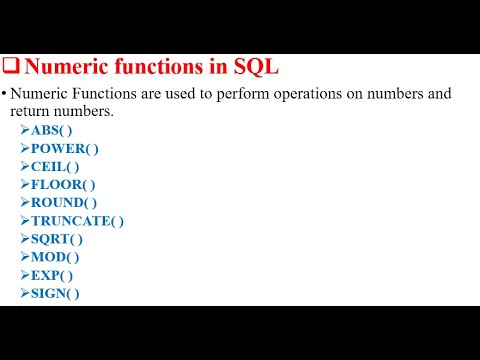
Found 48 images related to oracle is numeric function theme

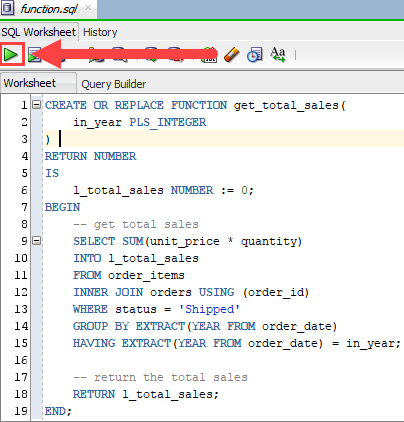

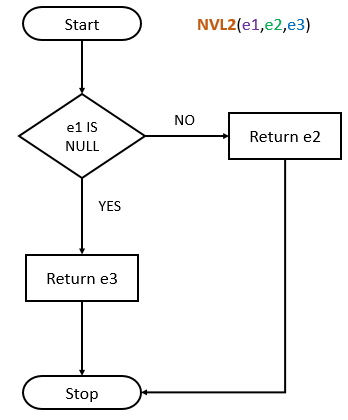
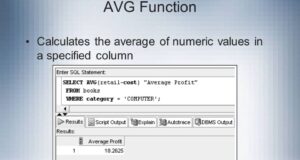
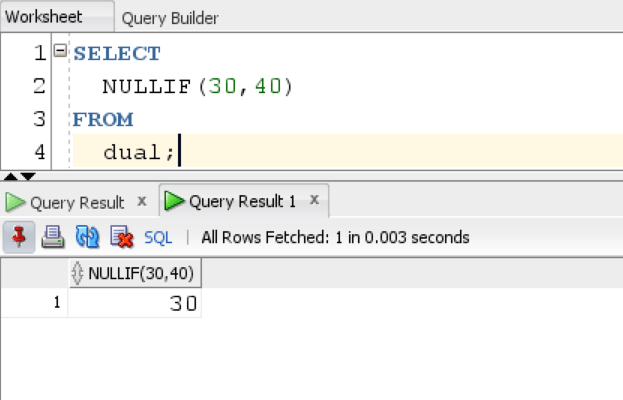


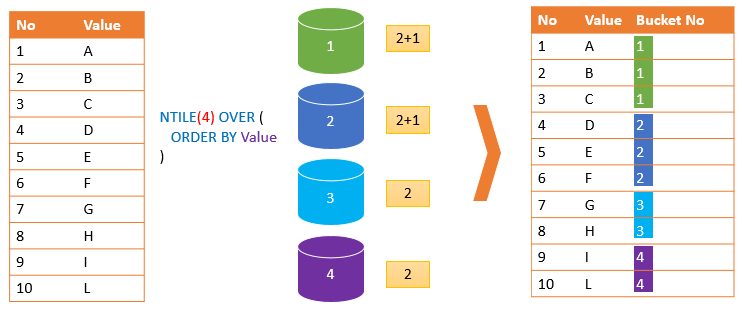



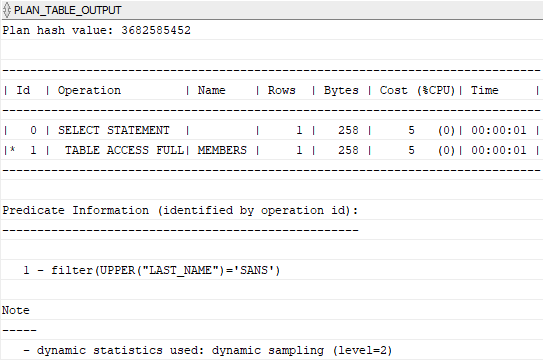




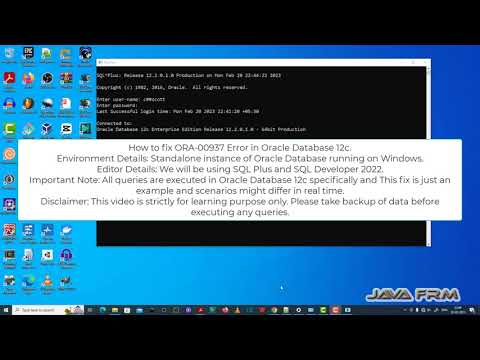
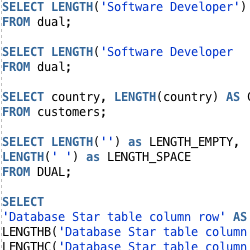


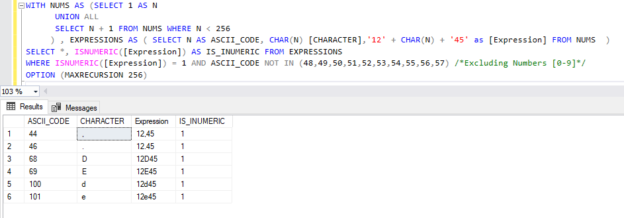
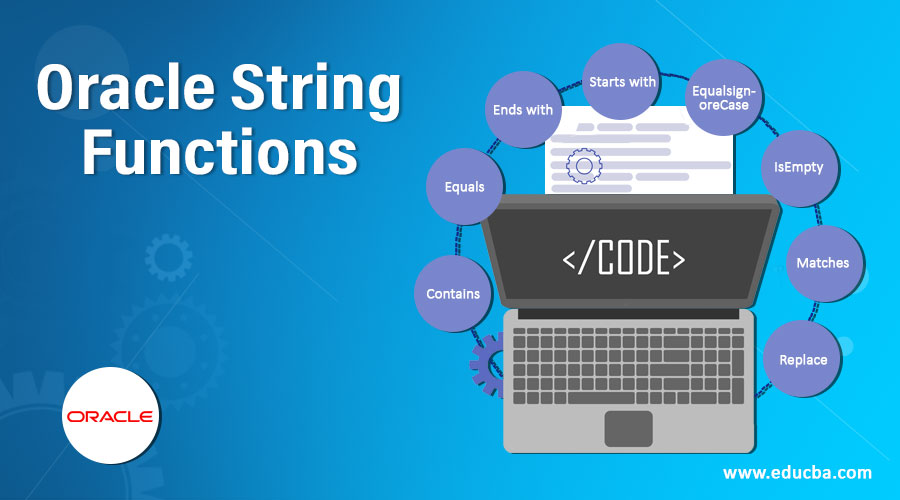
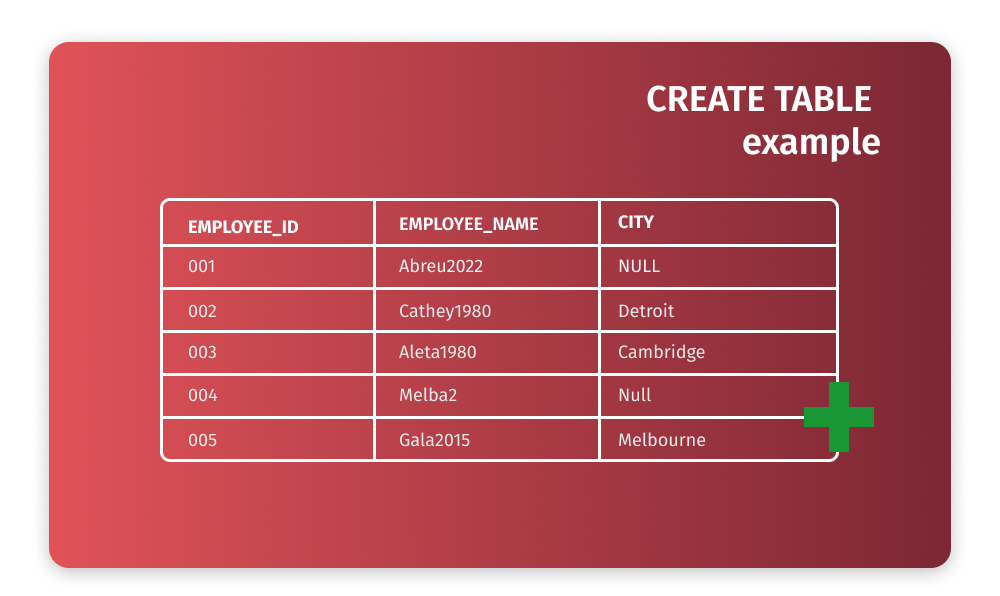
![Oracle PL/SQL Data Types: Boolean, Number, Date [Example] Oracle Pl/Sql Data Types: Boolean, Number, Date [Example]](https://www.guru99.com/images/1/plsql_datatype.png)

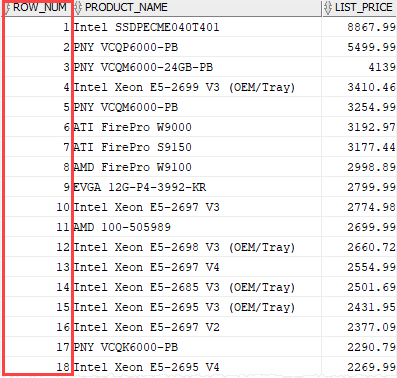

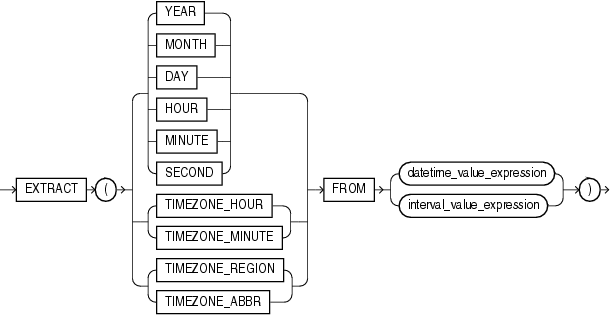

![NVL in SQL: Understanding the NVL Function in SQL [Updated] Nvl In Sql: Understanding The Nvl Function In Sql [Updated]](https://www.simplilearn.com/ice9/free_resources_article_thumb/NVLFunctionInSQL_7.png)

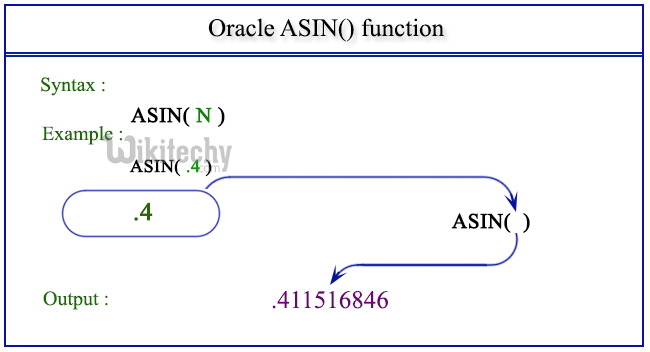


![NVL in SQL: Understanding the NVL Function in SQL [Updated] Nvl In Sql: Understanding The Nvl Function In Sql [Updated]](https://www.simplilearn.com/ice9/free_resources_article_thumb/NVLFunctionInSQL_3.png)

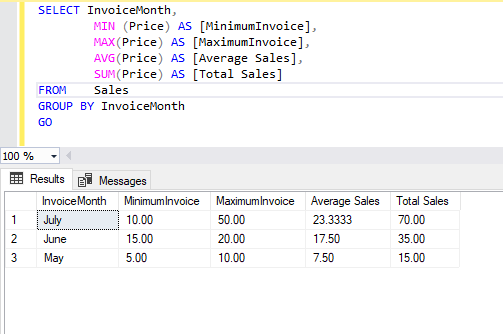




Article link: oracle is numeric function.
Learn more about the topic oracle is numeric function.
- How can you tell if a value is not numeric in Oracle?
- IS NUMBER – Oracle FAQ
- IS_NUMBER function? – Oracle Communities
- Check if a text string is a number
- How to check if a column value contains integers in oracle [duplicate]
- SQL Server ISNUMERIC() Function – W3Schools
- Oracle / PLSQL: Test a string for a numeric value
- Oracle Numeric Functions – w3resource
- Numeric Functions in Oracle with Examples – Dot Net Tutorials
- Oracle isnumeric test – Burleson Consulting
- Oracle: Function ISNUMERIC Check Value is Number or Not
- Oracle numeric functions – Career Ride
See more: https://nhanvietluanvan.com/luat-hoc/